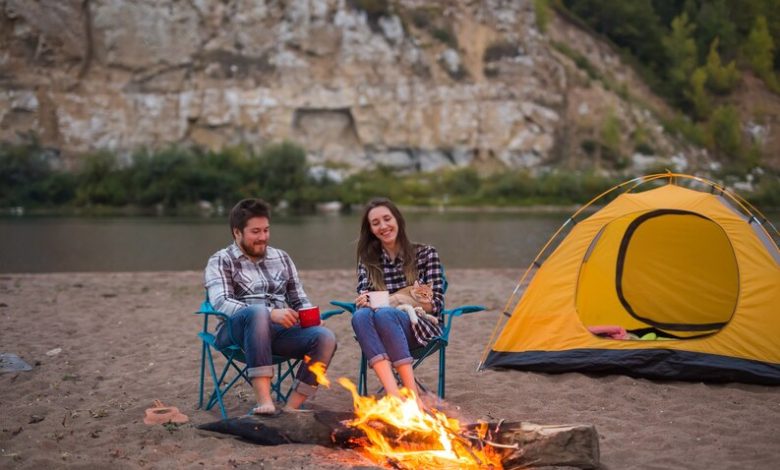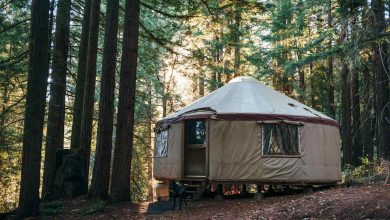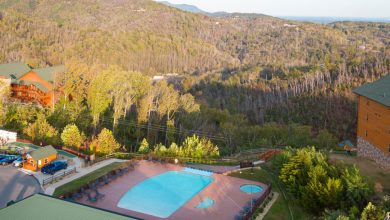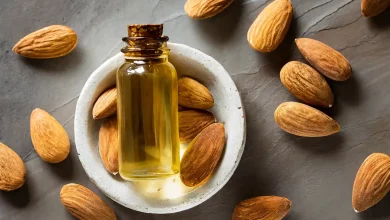
5 Tips on Collecting Firewood for a Campfire
There is something inexplicably pure about gathering around a crackling campfire, its mesmerizing dance of flames captivating our senses, while warmth envelops our bodies. Whether you’re a seasoned camper or a passionate nature lover seeking solace in the great outdoors, the art of collecting firewood is essential for enhancing your camping experience. Gone are the days of simply tossing some logs onto those flames.
Today, we seek to unlock the secrets of gathering firewood with our five invaluable tips, ensuring your campfire roars to life like never before.
Avoid Wet Wood
Using wet or damp wood can pose several challenges. Firstly, wet wood is difficult to ignite, often resulting in frustration and wasted efforts. It also produces excess smoke, which can be irritating and affect air quality in your campsite. Additionally, wet wood burns at a lower temperature, making it less efficient for cooking or providing warmth.
Choosing the right firewood is essential for a successful and enjoyable campfire experience. Avoiding wet wood and opting for dry firewood that “snaps” when broken ensure easier ignition, higher temperatures, and reduced smoke. Start your firewood collection early, test for dryness, and gather wood from sheltered areas or higher ground.
Oak Firewood
Oak firewood is highly dense, which means that once it is ignited, it will burn for a long time. This is ideal for campfires, as it allows you to enjoy the warmth and ambiance throughout the evening and even into the morning. However, the dense structure of oak firewood can pose a challenge when lighting it.
If you struggle to get your oak firewood lit, there are a few tips you can try. One option is to place less-dense firewood underneath the oak logs, such as pine or birch. These softer woods ignite more easily and can help get the fire started. Additionally, ample kindling, such as small twigs or newspaper, can provide the necessary heat to ignite the oak firewood.
Once your oak firewood is lit, you can sit back and enjoy its benefits. Oak burns steadily and produces a consistent heat output, making it perfect for keeping warm on chilly nights. Its dense structure also creates a lasting bed of coals, which can be useful for cooking food or keeping a pot of coffee warm over the fire. Get online birch wood in Olso by visiting bjørkeved Oslo.
Maple Firewood
Maple firewood is also known for its beautiful appearance. The wood has a light, golden hue with attractive grain patterns, adding a touch of natural beauty to your campfire setup. Whether you’re spending a cozy evening with friends or enjoying a solo camping trip, the sight of crackling maple firewood can create a warm and inviting atmosphere.
In terms of availability, maple firewood is relatively easy to find. This hardwood species is widely distributed across North America, making it accessible to campers and outdoor enthusiasts in various regions. Whether purchasing firewood or sourcing it yourself, you’ll likely come across maple as a viable option.
When it comes to burning characteristics, maple firewood has a few advantages. It burns evenly and consistently, providing a reliable heat source for cooking or simply keeping warm. The dense nature of maple wood allows it to burn longer than softer woods, ensuring that you will have enough fuel in the middle of your camping trip.
What About Rotted Firewood?
One of the main reasons to avoid rotted firewood is its higher moisture content. Rotted wood tends to be damp, making igniting and sustaining a fire difficult. This can be frustrating and time-consuming, especially if you’re looking forward to a cozy campfire with family and friends. By choosing dry firewood instead, you can ensure a more enjoyable and hassle-free campfire experience.
In addition to its moisture content, rotted firewood is less dense than dry wood. This means that it won’t burn as long as its dry counterpart. When camping, you want your firewood to last throughout the night, providing warmth and light. Opting for dry firewood will ensure a longer-lasting fire, allowing you to relax and enjoy the evening without adding more wood.
Another drawback of rotted firewood is the increased production of smoke. As the wood decomposes, it releases more moisture, producing excess smoke when burned. Not only can this irritate your eyes and lungs, but it can also create a smoky atmosphere that may not be ideal for your campsite. Smoke can also attract unwanted insects and pests, which can be a nuisance during outdoor adventures. Choosing dry firewood can minimize smoke production and create a more pleasant campfire experience.
Now that you understand why rotted firewood should be avoided, let’s discuss choosing the right firewood for your campfire. First and foremost, it’s important to select dry firewood with a low moisture content. Look for lightweight wood that feels solid when you pick it up. Dry firewood will be dull when you tap two pieces together, while damp wood will produce a hollow sound.
Start Small…
When you’re out collecting firewood, be sure to pick up small twigs and branches. These smaller pieces are perfect for igniting the fire and creating a solid base. They catch fire quickly and provide the necessary heat to burn the larger pieces.
Using small twigs and branches as kindling helps create a sustainable fire that will keep you warm throughout the night. It’s a simple yet effective technique that can make a big difference in your camping experience.
Once you have a good flame with the smaller pieces, you can add larger pieces of firewood on top. These larger logs will provide a steady fuel source, ensuring your fire continues burning brightly.
Burning the fire is crucial for cooking meals, providing warmth, and creating a cozy ambiance. Adding larger pieces of wood to the fire can maintain a steady heat source that will last for hours.
Not only does starting small and gradually adding larger pieces help keep the fire going, but it also helps conserve your firewood supply. By utilizing the smaller twigs and branches first, you can make the most out of the available resources. Also, read amazing traveling posts on the website.
Conclusion
Mastering the art of collecting firewood is crucial for creating an unforgettable campfire experience. Following these five invaluable tips ensures that your campfire roars to life like never before. From understanding the importance of dry wood to knowing the right tools, these tips will help you gather firewood effectively and efficiently. So, the next time you embark on a camping trip, remember to apply these tips and let your campfire’s crackling flames and comforting warmth create lasting memories in the great outdoors.









